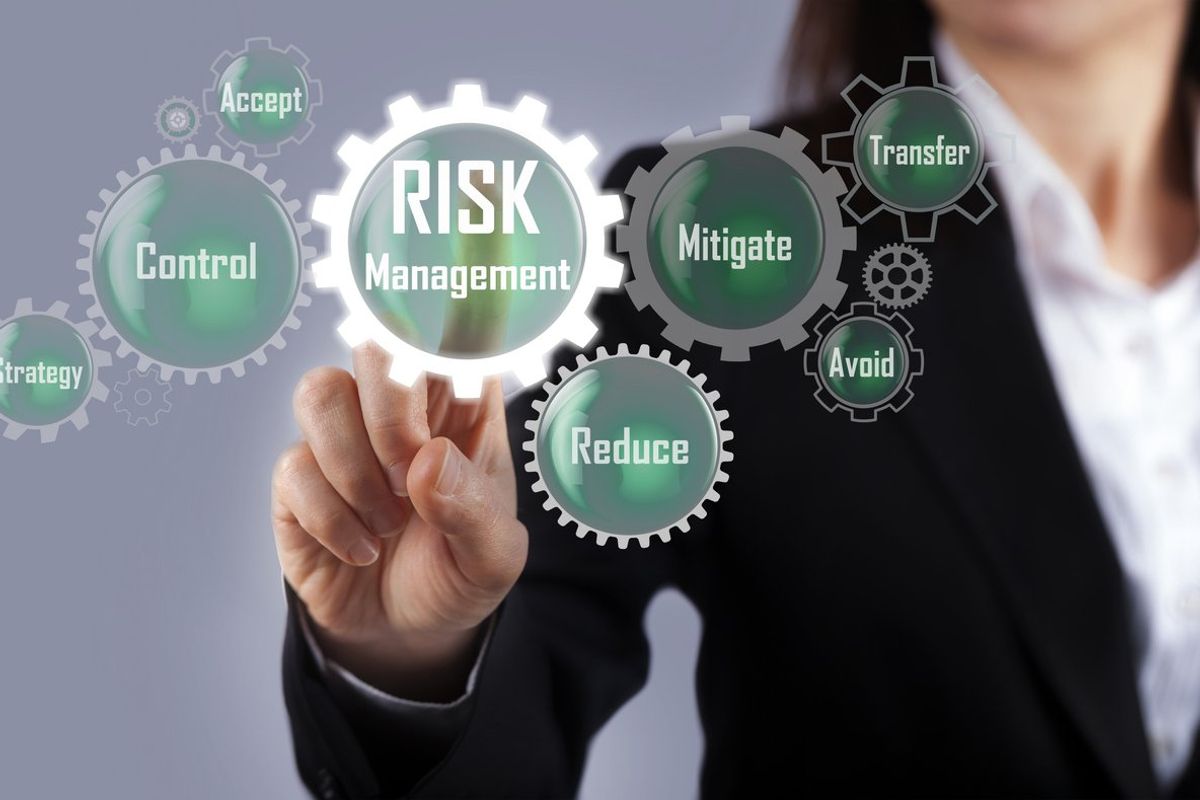Business Security

iStock
How to Implement Strong Risk Assessment Strategies for Your Organization
Building robust risk assessment strategies to protect organizations from threats, ensure compliance, and promote business continuity.

Building robust risk assessment strategies to protect organizations from threats, ensure compliance, and promote business continuity.
Organizations today face numerous challenges ranging from cybersecurity threats to regulatory compliance issues. Implementing robust strategies to identify, evaluate, and address these risks is essential for safeguarding business operations. This article explores effective approaches to building a comprehensive assessment and providing insights about risk remediation and mitigation.
Why is a strong risk assessment strategy essential for businesses? Effectiverisk assessment strategies help organizations proactively identify these threats before they escalate into a full-blown crisis. With a well-defined approach, companies can prioritize their resources, implement necessary controls, and ensure regulatory compliance while minimizing the potential impact on business continuity. The ultimate goal of assessment is to reduce uncertainty and build a proactive stance against potential threats. This is especially important in the digital field, where cyber risks and data breaches are ever-present concerns.
Developing an effective assessment strategy involves several critical steps. Each component is essential in ensuring a holistic understanding of these risks and how to manage them.

An important aspect of risk management is understanding the balance between mitigation and remediation. Both strategies serve different purposes and are not interchangeable.
In most scenarios, businesses will need to employ a combination of mitigation and remediation to manage their risk landscape effectively.
Modern organizations can significantly enhance their assessment practices by leveraging advanced technological tools and frameworks. These solutions provide a structured approach to integrating policies, processes, and controls, enabling businesses to identify, assess, and manage risks effectively.
For example, technology can automate various aspects of risk assessment, such as identifying potential risks, evaluating their likelihood and impact, and tracking remediation actions. Centralizing these functions helps eliminate redundancies and minimizes the potential for manual errors, thereby improving the overall accuracy and efficiency of the assessment process.
Furthermore, GRC tools offer real-time visibility into the organization’s risk landscape, allowing companies to detect these risks and adjust their strategies promptly. With robust reporting capabilities, businesses can ensure decision-makers have access to up-to-date risk information, facilitating transparent communication and faster responses to identified risks.
By adopting technology-driven approaches to assessment, companies improve their operational efficiency and strengthen their overall risk management framework. This approach fosters accountability and compliance, leading to better risk identification, mitigation, and ongoing monitoring—critical elements for organizations seeking to succeed in an increasingly complex and fast-paced business environment.

One of the most effective ways to strengthen these strategies is by fostering a risk-aware culture. Encouraging employees to understand and participate in these processes can significantly reduce human errors and improve overall security posture.
Organizations can achieve this by:
A risk-aware culture helps employees feel more accountable and informed about their role in maintaining the organization’s security and compliance.
The risk environment is continually evolving, with new threats emerging rapidly. To effectively respond, organizations must regularly update and refine their framework. This involves conducting periodic assessments, integrating advanced analytics for better insights, and staying informed about industry trends and regulatory changes.
By adopting a proactive approach, organizations can maintain a resilient defense, quickly address emerging threats, and remain compliant even as the business and regulatory landscapes shift. This continuous improvement process is essential for robust and sustainable risk management.
Implementing robust risk assessment strategies is essential for any organization to safeguard itself against potential threats and ensure continuous business operations. By systematically identifying, analyzing, and addressing risks through a balanced approach of mitigation and remediation, businesses can create a proactive defense against uncertainties. Additionally, leveraging GRC solutions can enhance an organization's risk management capabilities. Remember, the aim is to manage risks, understand them thoroughly, and be prepared to respond effectively. Ultimately, a well-informed organization can navigate challenges with confidence.
GearBrain Compatibility Find Engine
A pioneering recommendation platform where you can research,
discover, buy, and learn how to connect and optimize smart devices.
Join our community! Ask and answer questions about smart devices and save yours in My Gear.
